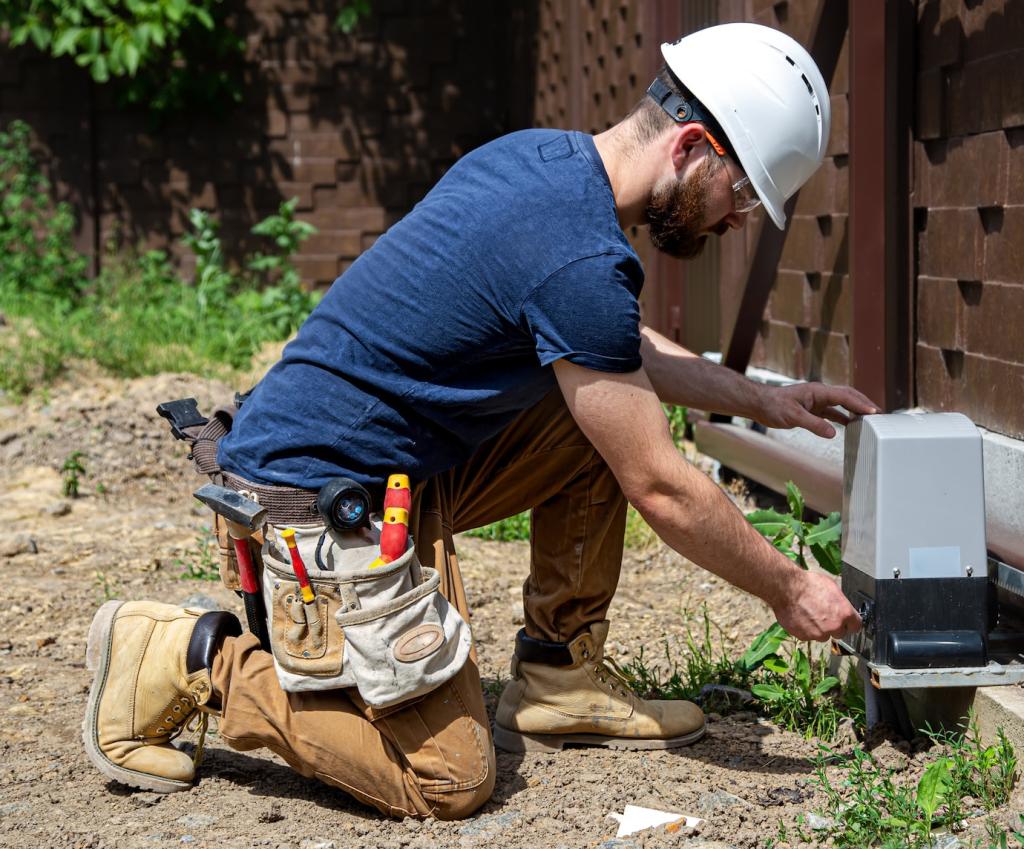
Breathe Easy: Environmentally Safe Upholstery Deodorizing
Chosen theme: Environmentally Safe Upholstery Deodorizing. Welcome to a kinder way of keeping sofas, chairs, and cushions fresh without harsh fumes or waste. Settle in for practical science, heartfelt stories, and gentle routines. Share your questions and subscribe for eco-minded tips.
Why Environmentally Safe Upholstery Deodorizing Matters
Odors cling to upholstery through volatile compounds and microscopic residues, often intensified by humidity and everyday wear. Environmentally safe deodorizing neutralizes those compounds rather than masking them, reducing chemical load indoors while keeping textiles comfortable, breathable, and truly refreshed.
Why Environmentally Safe Upholstery Deodorizing Matters
Using low-tox, fragrance-light approaches benefits sensitive noses, children, and pets. It also prevents chemical buildup that can cause headaches or irritation. Long-term, this gentler path supports calmer breathing, cleaner routines, and a more welcoming home you actually love to linger in.
Why Environmentally Safe Upholstery Deodorizing Matters
When my neighbor rescued an old armchair that smelled like past parties, a plant-enzyme mist, sunlight, and patience transformed it. No heavy perfumes, no headache. She now swears by eco methods and invites friends to literally take a deep breath on movie night.
Green Ingredients That Actually Work
Enzymes That Target Odors at Their Source
Plant-derived enzymes break down odor-causing residues from food, milk, sweat, and pet accidents. Instead of perfuming, they dismantle the problem. Always patch test and allow dwell time, then blot. The result is cleaner fibers, softer hand-feel, and a fresher seat without synthetic fragrance clouds.
Minerals With Mighty Porosity
Activated carbon, biochar, and zeolite trap odor molecules in tiny pores, reducing musty or smoky notes. Slip sachets behind cushions or set breathable pouches nearby. After a few days, many living rooms smell lighter, clearer, and less stale—no aerosols required, just quiet mineral science at work.
Plant Waters and Gentle Aromatics
Hydrosols and very low-dose, upholstery-safe aromatic blends add a soft, botanical finish. Think subtle, not overpowering. Focus on responsibly sourced ingredients and conservative dilution to protect fabrics and sensitivities. If you prefer unscented results, hydrosols alone can leave textiles crisp, calm, and pleasantly neutral.
The Step-by-Step Eco Deodorizing Routine
Open windows for airflow, then vacuum upholstery slowly with a HEPA filter to remove dusty odor carriers. Use a soft brush tool to lift lint. Microfiber cloths and a light mist bottle are your allies. Always perform discreet patch tests before treating visible areas.
The Step-by-Step Eco Deodorizing Routine
Mist an enzyme or mineral-enhanced solution sparingly over odor zones and let it dwell. Avoid soaking. Blot gently to lift residues as chemistry does its work. Light passes beat heavy sprays. Repeat cycles win over aggressive dousing, protecting color, structure, and stitching integrity.


Fabric-Savvy, Planet-Savvy
Natural Fibers: Cotton, Linen, and Wool
Natural fibers breathe beautifully but can swell when wet. Use minimal moisture, enzyme sprays in light mists, and careful blotting. For wool, keep solutions cool and pH-mild. Always color-test hidden seams to protect dyes, then let sunlight or a fan finish the refresh.
Synthetics and Blends: Microfiber, Polyester, and Beyond
Synthetic upholstery resists staining but can cling to oily odors. Pair low-sudsing, plant-based surfactants with enzymes, then blot thoroughly. Microfiber responds well to gentle brushing as it dries. Avoid residue buildup by using modest product amounts, keeping the finish soft and breathable afterward.
Leather and Specialty Surfaces
Use pH-appropriate, plant-based cleaners and extremely light mists for leather and faux leather. Never saturate or apply undiluted aromatics. After deodorizing, finish with a compatible conditioner if needed. Patience preserves the surface, prevents streaks, and maintains the supple feel you bought the piece for.

Adsorption traps molecules onto porous surfaces like activated carbon; absorption pulls them inside materials. For upholstery odors, adsorption often works faster, especially with huge surface area. Placement matters: keep sachets near odor sources to maximize contact and support steady, passive, non-toxic odor reduction.

Enzymatic solutions catalyze breakdown of smelly residues into smaller, less odorous fragments. Dwell time unlocks results, while gentle agitation and blotting remove loosened soils. Ventilation finishes the job, minimizing lingering moisture and ensuring clean, fresh fibers without harsh chemical masking or irritating synthetic perfumes.

Oxygen-releasing agents can refresh some fabrics without chlorine. When appropriately diluted and patch-tested, they help lift stubborn organic odors. Keep solutions mild, avoid colored leathers, and favor enzyme-first approaches. The goal is cautious synergy, not overkill, preserving textiles and your indoor air’s calm balance.
Real-Life Makeovers: Gentle Wins Over Aggressive
The Milk Incident
A toppled sippy cup left a sour patch hidden under a cushion. A patient enzyme pre-spray, blotting, and a morning of sunlight and airflow cleared it. No heavy fragrances, just clean fabric and a relieved parent sipping coffee in peace.


The Rescue-Dog Couch
Accidents happen. Baking soda to absorb moisture, an enzyme mist to break odors, then charcoal sachets overnight delivered calm air by morning. Washable throws now guard the favorite corner, and training plus routine maintenance keep the couch welcoming for snuggles and naps.
Keep It Fresh, Keep It Green
Weekly Micro-Habits You’ll Actually Keep
Vacuum slowly once a week, rotate cushions, and air rooms after gatherings. Spot-treat immediately with eco solutions, then blot. These tiny steps shorten deep-clean days and keep odors from settling in, making maintenance feel effortless and genuinely sustainable across busy seasons.
Balance Humidity, Boost Ventilation
Aim for 40–50 percent indoor humidity to discourage mustiness. Use a small hygrometer, open windows when weather allows, and run a fan during treatments. Houseplants add charm, but avoid overwatering. Stable airflow supports safer, smarter deodorizing with fewer products and far better results.
Join Our Green-Home Circle
Tell us your deodorizing wins, ask questions about tricky fabrics, and share photos of refreshed spaces. Comment below and subscribe for eco guides, ingredient spotlights, and gentle routines. Together, we’ll keep upholstery fresh, breathable, and kind to every nose under your roof.
